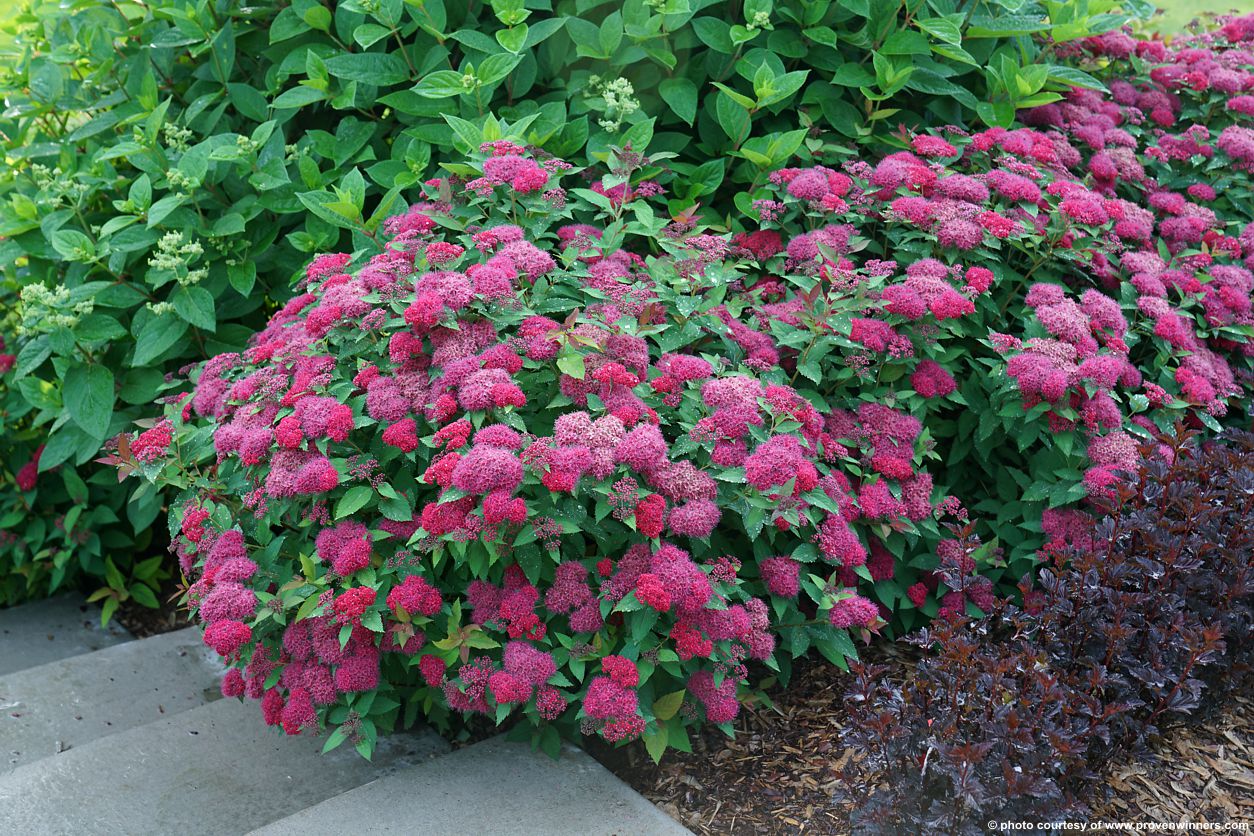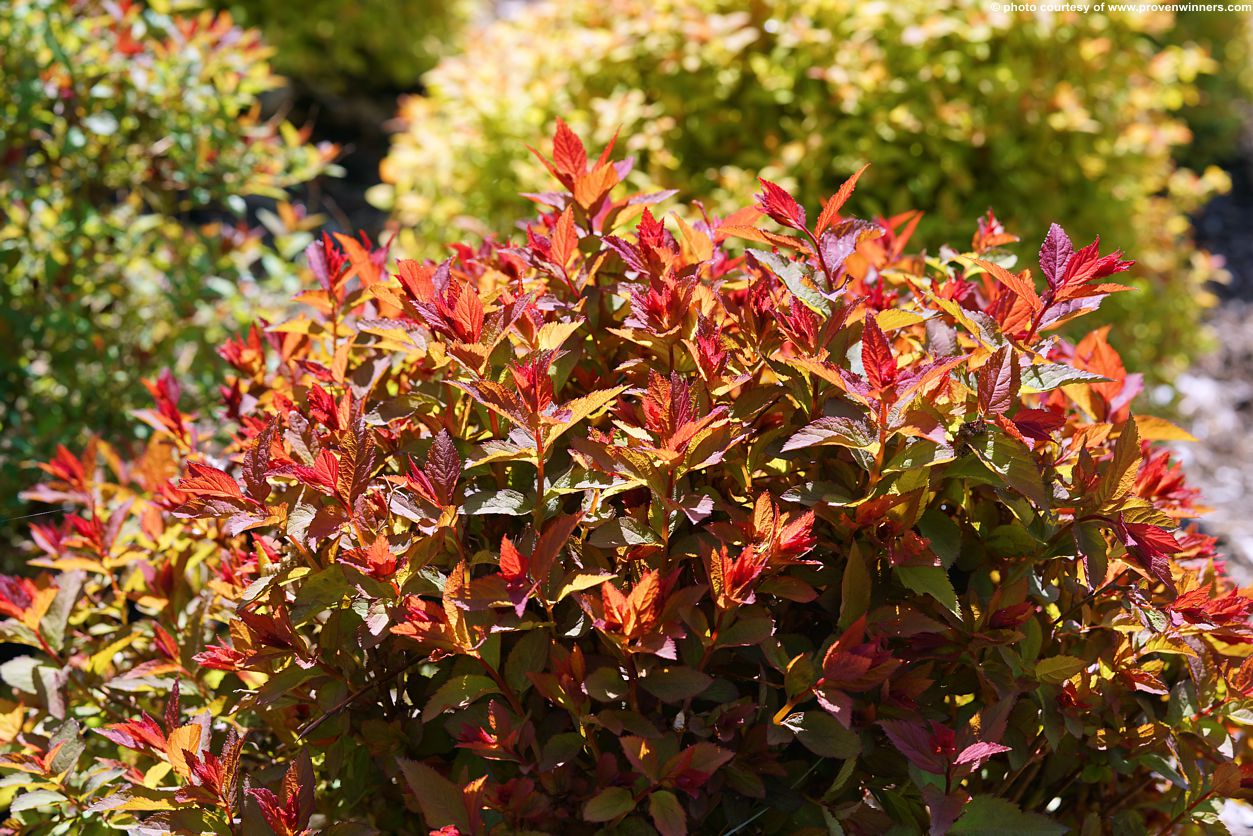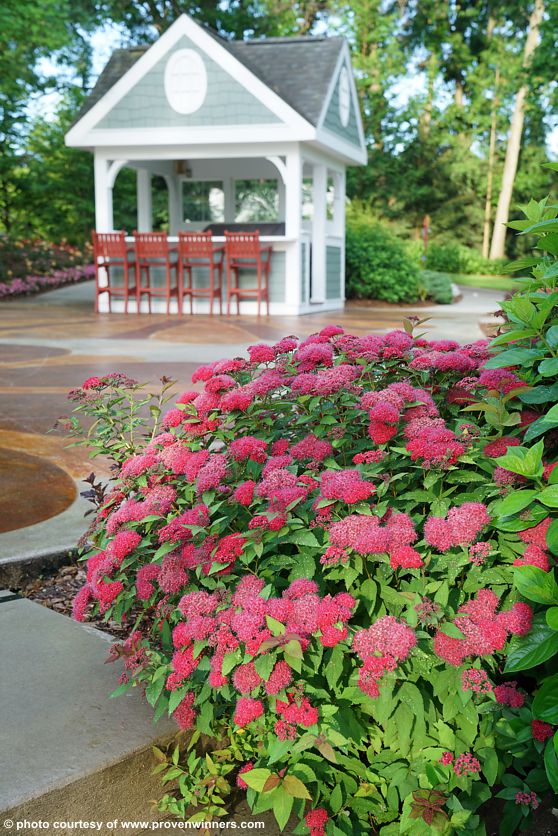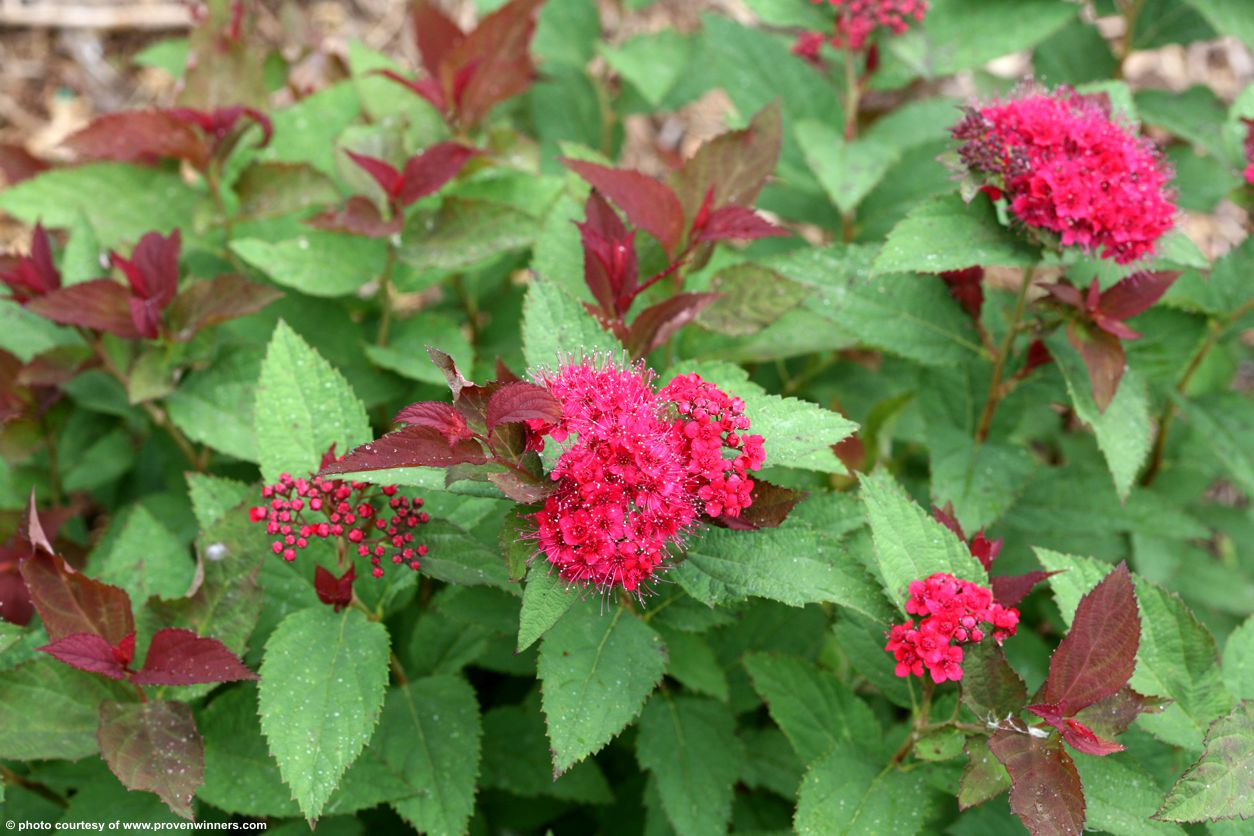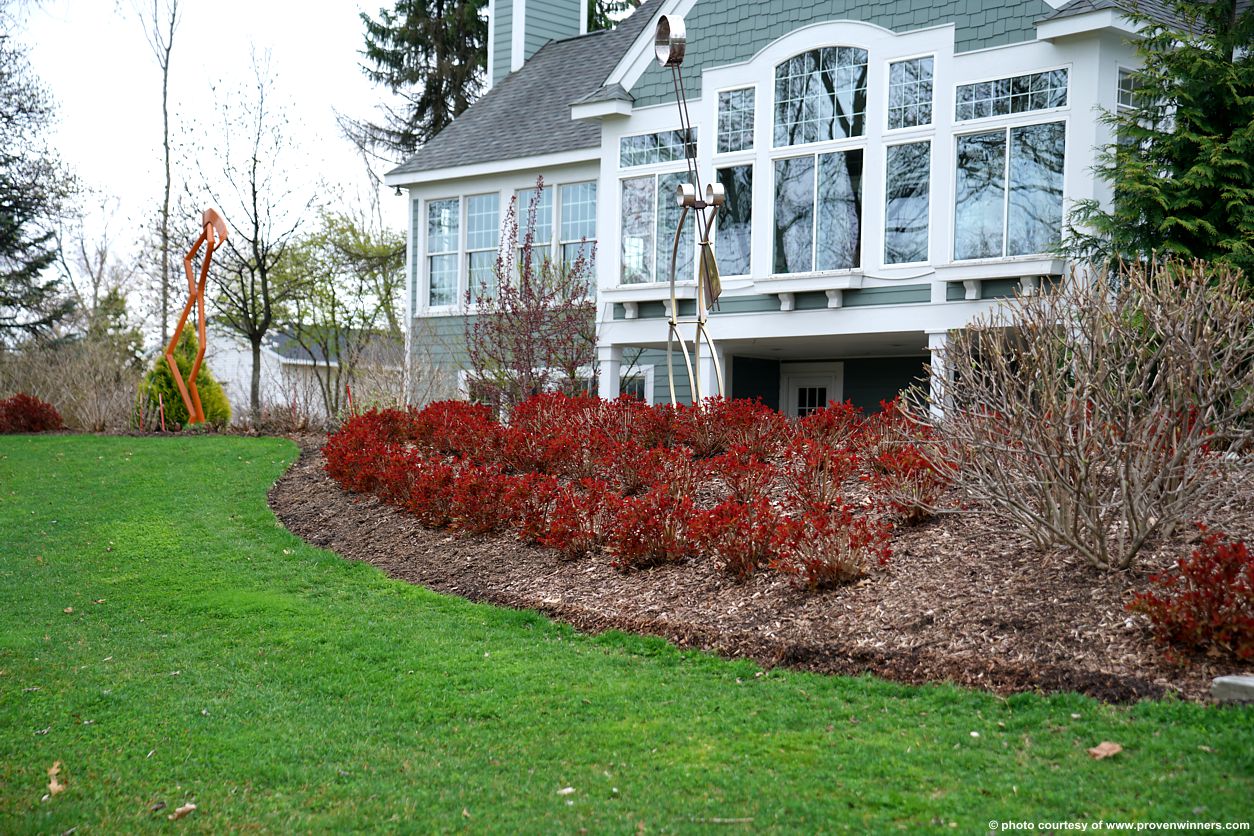Spiraea japonica 'NCSX2' DOUBLE PLAY® DOOZIE Japanese spirea
Spiraea
Genus Spiraea was first described by Carl Linnaeus in 1753 in his Species Plantarum. The name derives from the Greek word speira – “wreath” – referring to the delicate arrangement of flowers into wreath‑like corymbs. Spiraeas comprise around seventy species of deciduous shrubs distributed across the temperate regions of the Northern Hemisphere. Botanists traditionally divide them into three groups based on inflorescence type: the salicifolia group with terminal panicles, the japonica group with flat corymbs, and the canescens group with simpler corymbs on short lateral shoots. The advantage of this classification is clarity – gardeners can easily infer flowering time and pruning method. Its drawback is artificiality: boundaries are not always clear and hybrids between groups complicate taxonomy. Nevertheless, the system helps navigate the rich assortment and simplifies practical decisions.
Spireas became renowned not only for their beauty but also for chemical compounds isolated from them – salicylates, which formed the basis of aspirin, one of the most famous drugs in modern history. Its effects against pain, fever, and inflammation profoundly shaped twentieth‑century medicine. The first introductions of spiraeas into European gardens occurred in 18th and 19th centuries, when new species were imported from China and Japan. In England and France, they quickly became fashionable shrubs, offering abundant flowering and ease of cultivation. Modern research further shows that the Spiraea japonica complex is key to understanding the evolution of East Asian flora: genetic studies reveal differentiation beginning in the early Miocene more than 20 million years ago. Three evolutionary lineages emerged, each with unique diterpenoid alkaloids tied to specific regions – the Hengduan Mountains, central China, and eastern China. Japanese populations formed via a continental land bridge about 6.7 million years ago and have maintained stable demographics ever since. This history illustrates how spiraeas became part of the broader geological and botanical story of East Asia.
The cultivar name DOOZIE refers to something exceptional, extraordinary, a remarkable piece. And in case of this spirea it tells the truth. In spring, its leaves emerge in vivid red shades that gradually turn dark green, while young shoots retain their red colouration throughout the season. From late spring, clusters of purplish‑red flowers appear and continue to renew themselves until autumn. Since the plant produces no seeds, all its energy is devoted to flowering – resulting in an uninterrupted fireworks display of colour from spring to fall. The habit is compact and slightly cushion‑shaped, reaching 60–90 cm in height and width, which makes it ideal for smaller gardens, borders, and urban plantings. Compared to the species, it is distinguished not only by more colourful foliage which emerges much earlier than most deciduous shrubs, but above all by long‑lasting, continuous flowering, making it one of the most attractive spireas today.
This cultivar was bred in the United States as part of the Double Play® series, which focuses on combining attractive foliage with abundant flowering. It is protected by U.S. plant patent USPP 30,953 from 2019 and European Plant Breeder’s Rights (EU PBR 2019/0404). The breeder is the distinguished American horticulturist Dr. Tom Ranney of North Carolina State University (NCSU), renowned for his innovative woody plants. He became famous especially for his revolutionary series of pink hydrangeas – Pink Annabelle, Sweet Annabelle, and Ruby Annabelle. His portfolio also includes other ornamental woody plants – rhododendrons, azaleas, hollies, barberries, viburnums – and one remarkable novelty: the intergeneric hybrid ×Pyracomeles introduced in 2024. Ranney is a respected professor at NCSU, the recipient of numerous awards, and in addition to breeding ornamental shrubs and trees, he also conducts research on bioenergy crops.
Spiraea began to be widely planted in parks and public spaces by the late 19th century, especially in Europe and North America, as reliable, low‑maintenance shrubs for urban greenery. Japanese spiraea was introduced to the U.S. around 1870 and quickly spread in northeastern states. The advantages are clear: long flowering season, tolerance of pollution, easy maintenance, ability to be transplanted even after many years, and a modest root system. The drawback is that in some parts of the U.S., particularly the Appalachian region and the Northeast, it has become invasive – colonizing meadows and forest clearings and displacing native species, with seeds persisting in the soil for many years. In Europe and its gardens, however, it remains a valued shrub, used as a colourful specimen or combined with dark‑leaved shrubs such as barberry or elder, and it also softens plantings among evergreen shrubs with leathery foliage. In private gardens it is best to avoid hedge-like rows or mass plantings, which may resemble municipal landscaping.
Japanese spiraea ranks among the most reliable and least demanding ornamental shrubs – we call it simply “foolproof.” It thrives in full sun or partial shade, though the richest flowering and foliage colours occur in sunny sites. It can taky virtually any soil type from ordinary garden soil to much poorer mixtures combining construction leftovers and imported dirt. It tolerates drought as well as short‑term waterlogging, and it will even grow in medium‑heavy clay; high fertility or special preparation is not required. Yet in good soil and with regular watering it will look its best and flower longer and repeatedly. Its root system is compact, making it suitable for container culture. Pruning is best done in spring, since it flowers on new wood; shortening shoots promotes density and abundant bloom, and removing spent corymbs can trigger a second flush in late summer. Feeding is not necessary, though a light spring feed after leaf emergence is possible. The species is resistant to browsing by deer, non‑toxic to domestic and farm animals, and very cold‑hardy, tolerating temperatures down to –34 °C requiring no winter protection (USDA zone 4).
Last update 17-11-2025

556 Kč

556 Kč
Goods are shipped all over Europe. For Russia and U.K. and for further details please read about SHIPPING OPTIONS HERE.
Are you interested in a serious discount for orders NOV-FEB? Check your options here.
THE PRICES INCLUDE VAT of 15%. For quick conversion you can use 1 CZK = approx. 0.04 EUR
- STANDARD QUALITY - Plants of this group are 1st class quality with number of branches and overall density adequate to their size and age, considering they were container grown.
- DE LUXE QUALITY - This label guarantees a luxurious quality of manually selected plants that, compared to their height and age, are exceptionally dense and beautiful.
- EXTRA - These plants are usually mature and bigger specimens with exceptional overall appearance.
- STANDARD (as described in the plant form) means a tree with a trunk of 190-210 cm and a crown at the top, unless specified differently. The commercial size for trees is their girth measured in the height of 1m from ground.
- HOBBY - These plants are of the same quality as our standard-quality plants but younger and therefore cheaper.
- SHRUB - a woody plant with branches growing bushy from the ground level.
- HALF-STANDARD or MINI-STANDARD - a small tree with shorter trunk, its size is usually specified.
- FEATHERED - These are trees with branches growing already from the base of the trunk and up along the stem.
- GRASSES and PERENNIALS - Sizes given usually read the diameter of the pot or the clump, as specified.












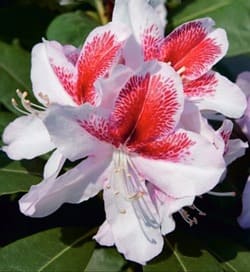




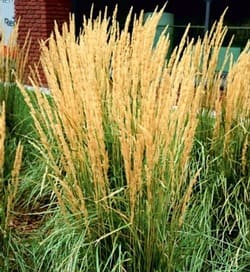
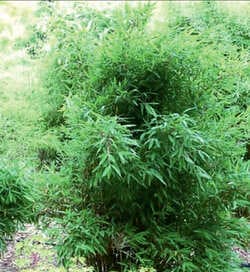
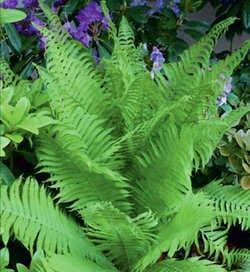




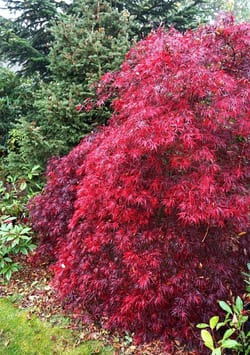
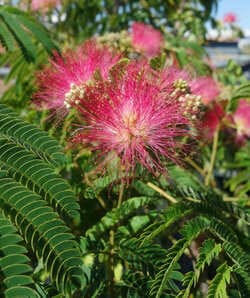
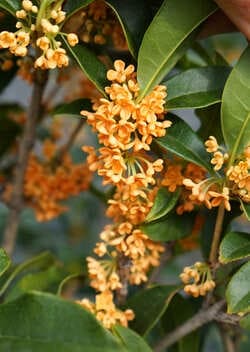



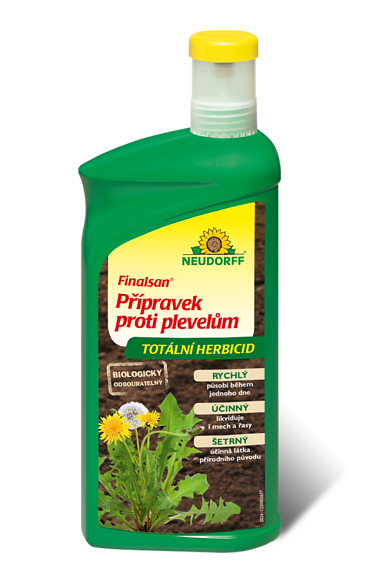


.jpg)
